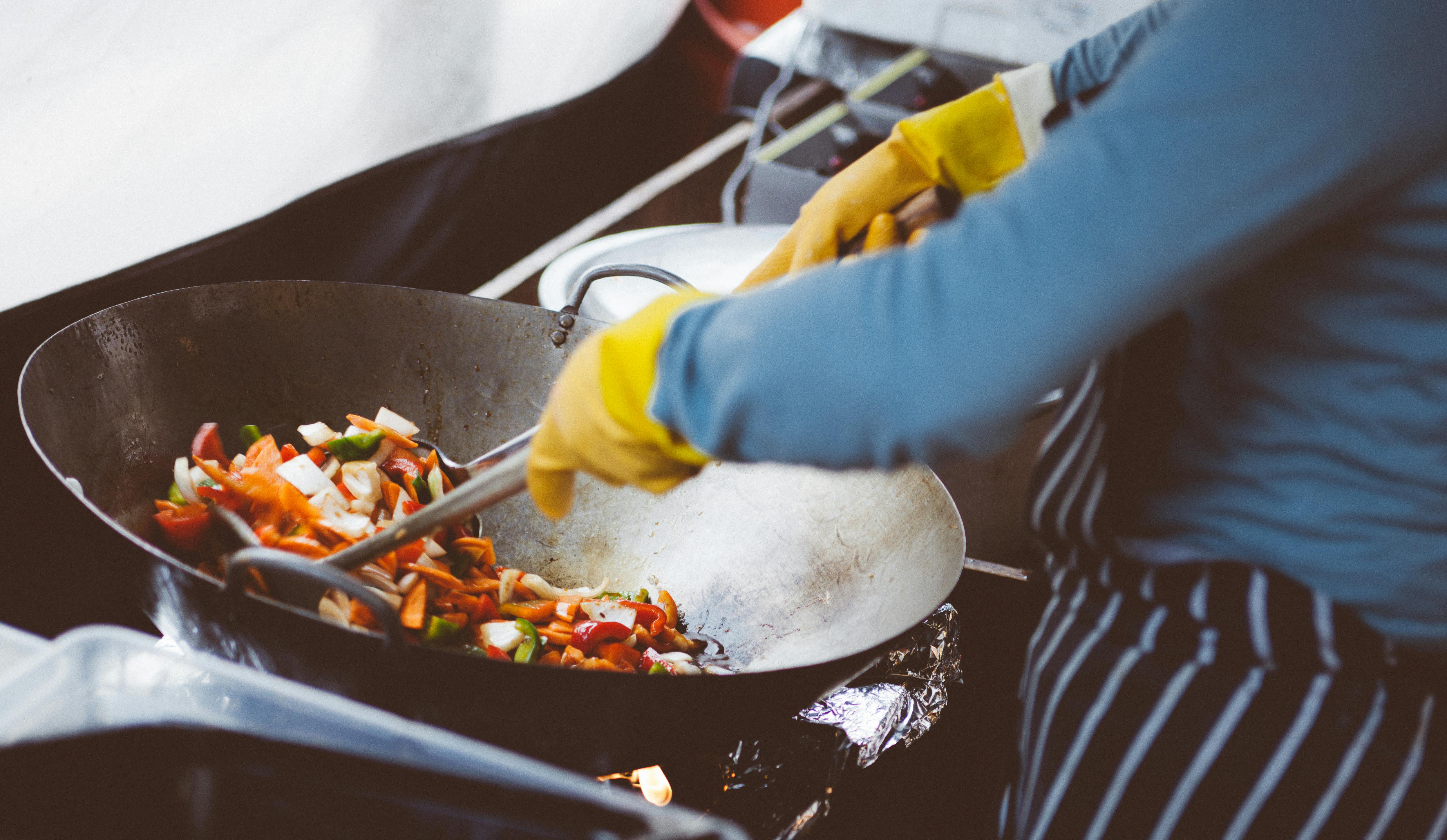Chifa: Peru's Chinese-Peruvian Culinary Fusion
Savory aromas of soy sauce mingle with the zest of ají amarillo peppers. Woks sizzle with a medley of Andean and Asian ingredients. Welcome to the world of Chifa, Peru's unique Chinese-Peruvian fusion cuisine that's taking global gastronomy by storm.

The term “Chifa” itself is believed to derive from the Cantonese phrase “chi fan,” meaning “to eat rice” or “to have a meal.” Over time, Chifa evolved from a simple necessity of adapting Chinese cuisine to available ingredients into a beloved national cuisine that reflects Peru’s multicultural heritage.
Today, Chifa restaurants can be found on nearly every corner in Lima and other major Peruvian cities. The cuisine has also begun to make waves internationally, with Chifa-inspired dishes appearing on menus from New York to London.
Signature Dishes That Define Chifa
At the heart of Chifa cuisine are several iconic dishes that showcase its unique fusion of flavors. One such dish is Lomo Saltado, a stir-fry that combines strips of beef with onions, tomatoes, and French fries, all tossed in a savory soy-based sauce. This dish perfectly encapsulates the marriage of Chinese cooking techniques with Peruvian ingredients.
Another staple is Arroz Chaufa, the Peruvian take on fried rice. Unlike its Chinese counterpart, Arroz Chaufa often incorporates local ingredients like ají amarillo peppers and is frequently served alongside other Chifa dishes.
Wonton soup takes on a Peruvian twist in Sopa Wantan, where the dumplings are often filled with a mixture of pork and shrimp, and the broth is enhanced with local herbs and spices. These dishes represent just a fraction of the diverse and flavorful world of Chifa cuisine.
The Art of Chifa: Techniques and Ingredients
Chifa’s unique identity stems from its ingenious combination of Chinese cooking techniques and Peruvian ingredients. Stir-frying, a cornerstone of Chinese cuisine, is widely used in Chifa cooking, allowing for quick preparation and retention of flavors and nutrients.
However, the wok is often filled with ingredients native to Peru, such as ají amarillo peppers, huacatay (Peruvian black mint), and various Andean tubers. Soy sauce and ginger, staples of Chinese cooking, are used liberally but are often accompanied by Peruvian condiments like ají panca paste or rocoto peppers.
The use of rice and noodles, central to Chinese cuisine, is maintained in Chifa, but these staples are often prepared with local twists. Tallarin saltado, for instance, is a Peruvian take on chow mein, incorporating local vegetables and meats.
Chifa’s Global Influence and Modern Interpretations
As Peruvian cuisine gains international recognition, Chifa is riding the wave of this culinary explosion. Innovative chefs around the world are drawing inspiration from Chifa, creating exciting new dishes that push the boundaries of fusion cuisine even further.
In trendy restaurants from Miami to Melbourne, you might find dishes like Chifa-style ceviche, where traditional Peruvian raw fish preparation meets Chinese-inspired seasonings. Or sample a dim sum platter featuring dumplings filled with Peruvian ingredients like quinoa or alpaca meat.
This global interpretation of Chifa is not just limited to high-end dining. Food trucks and casual eateries are also getting in on the action, offering Chifa-inspired street food that appeals to adventurous eaters looking for new flavor combinations.
Chifa at Home: Bringing the Fusion to Your Kitchen
The beauty of Chifa lies not only in its complex flavors but also in its accessibility. Many Chifa dishes can be recreated at home with a bit of practice and the right ingredients. Aspiring home cooks can start their Chifa journey by mastering a simple Arroz Chaufa or experimenting with a Lomo Saltado.
Key to success is sourcing the right ingredients. While some items like ají amarillo peppers might require a trip to a specialty store or online order, many Chifa staples are readily available in standard supermarkets. Soy sauce, ginger, and rice are easy to find, while local produce can often substitute for Peruvian ingredients.
The key is to embrace the spirit of fusion and experimentation that defines Chifa. Don’t be afraid to put your own spin on traditional recipes, mixing and matching flavors to create your unique interpretation of this exciting cuisine.
Chifa Cuisine: Tips and Facts
• Chifa restaurants often serve tea as the default beverage, a nod to Chinese culinary traditions.
• The word “Chifa” is now officially recognized in the Dictionary of the Royal Spanish Academy.
• Many Chifa dishes use a specially prepared vinegar called “sillao,” which is different from regular soy sauce.
• Chifa cuisine heavily influenced the development of Nikkei cuisine, the Japanese-Peruvian fusion.
• The first Chifa restaurants in Peru opened in Lima’s Chinatown in the early 20th century.
• Chifa is so integral to Peruvian culture that there’s a National Chifa Day celebrated on October 21st.
As we’ve explored, Chifa is more than just a cuisine—it’s a testament to the power of cultural exchange and culinary innovation. This unique fusion of Chinese and Peruvian flavors has not only become a beloved national cuisine in Peru but is also making waves on the global gastronomy scene. Whether you’re sampling Chifa in a bustling Lima restaurant or trying your hand at Lomo Saltado in your own kitchen, you’re participating in a rich culinary tradition that continues to evolve and inspire. So, the next time you’re craving something different, why not take a culinary journey to Peru by way of China? Your taste buds will thank you for the adventure.





